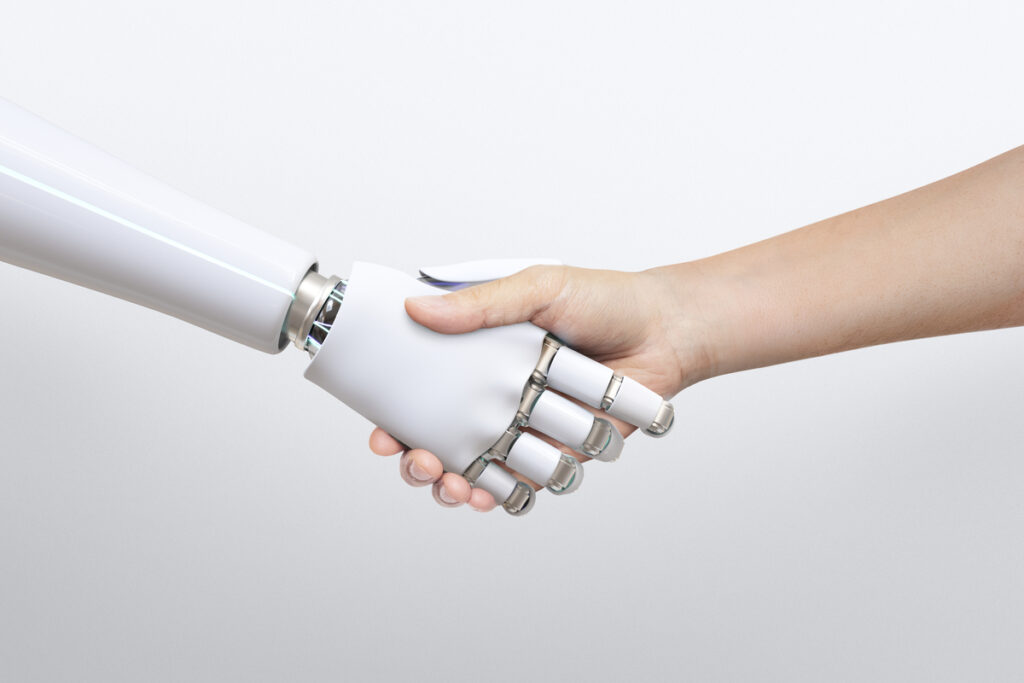Exclusive Neuroject Article: Construction 5.0 aims to integrate technological and digital advancements in the Building Industry with the social aspects outlined in the United Nations’ 17 Sustainable Development Goals and the Paris Agreement. It combines the previous Construction 4.0 and Sustainable Construction Working Groups. Construction 4.0 introduced technologies such as BIM, drones, robots, and Artificial Intelligence, including Big Data and Augmented Reality. In contrast, Construction 5.0 expands on this by emphasizing the societal dimension of Digitalization and aligning industry Key Performance Indicators (KPIs) with the UN’s 2030 Agenda for Sustainable Development.
The objective of the new Construction 5.0 Working Group is to develop actionable plans and recommendations for Sustainable Construction and Innovation in the Building Sector, building on the principles of Construction 4.0. Specifically, the focus will be on identifying opportunities for CO2 reduction and decreased energy consumption from a contractor’s perspective, such as implementing recycling structures and investment portfolios that enable carbon emission reduction. Over the next two years, the Working Group will establish the precise scope of action and associated KPIs to measure the construction sector’s influence and impact in achieving the Sustainable Development Goals (SDGs).
Construction 5.0 and Sustainable Construction are mutually beneficial, as innovative and Digital Technologies can facilitate the achievement of Sustainable Construction goals. The integration of robotization, Artificial Intelligence, Big Data, and Augmented Reality is expected to enhance project oversight and improve the performance of the Construction Sector, leading to the development of sustainable and intelligent buildings and infrastructure.

The Evolution of the Construction Industry
The origins of Construction are traced back to prehistoric times, with potential evidence at Olduvai Gorge, Tanzania, dating back 1.8 million years. However, the first confirmed man-made shelter is at Terra Amata, France, from 400,000 B.C. Mesopotamia is credited with the first large-scale constructions. The industry started professionalizing in the 16th century, with Andrea Palladio regarded as the first modern architect.
The construction profession grew alongside modern science and technological innovations in the 17th to 19th centuries. Abraham Darby’s 1709 iron smelting method enabled the mass production of cast iron, leading to widespread use in various structures. In the 19th century, cast iron became a popular material for buildings and railways in the U.S. Advancements in mass production also led to the emergence of prefabrication, with the first modular homes conceived in 1830 and the notable example of the Crystal Palace in London, assembled in 1851.
The Industrial Revolution’s Bessemer process, which made steel production cheaper, greatly impacted construction. This led to steel replacing iron in railways and facilitated the construction of the first major steel suspension bridge, the Brooklyn Bridge. The accessibility of steel, along with innovations like mechanized construction equipment and safer elevators, ushered in the age of skyscrapers, starting with Chicago’s Home Insurance Building in 1885.
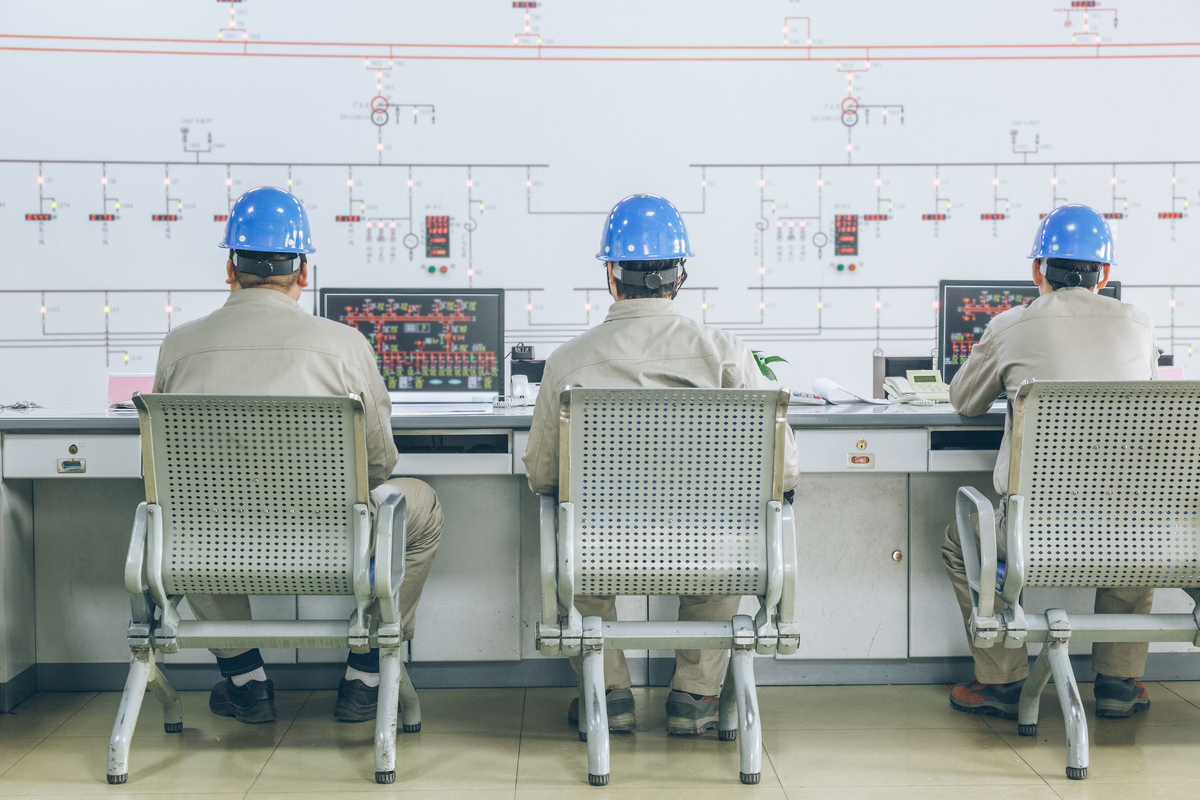
Skyscrapers became increasingly popular in the 20th century, especially in Chicago and New York, with a competitive drive to build record-breaking structures. This trend expanded globally by the late 20th century, with the Eastern hemisphere constructing some of the world’s most innovative skyscrapers.
Present-day construction focuses heavily on sustainability due to increased awareness of climate change and resource depletion. Emphasis is shifting from the sustainable operation of buildings to also include sustainable construction processes. In addition, digital transformation is becoming prevalent in the construction industry, improving efficiency, reducing risk, and enabling data-driven decisions. This trend has been accelerated by the pandemic. Forward-thinking firms are adopting “connected construction,” which promotes collaboration and information-sharing among project teams. This approach is seen as the future of construction and is essential for addressing sustainability, efficiency, and cost challenges.
Industry 4.0: Bridging the Past and the Future
The idea of the Fourth Industrial Revolution (4IR) encapsulates digitization, automation, and a heightened utilization of Information and Communications Technology (ICT) throughout all sectors. The intensity of 4IR has already instigated substantial shifts and is fervently reshaping the construction industry to enhance its overall effectiveness for successful project completion.
The primary goal of Industry 4.0 is to amalgamate manufacturing procedures with information technologies like the Internet of Things (IoT), the Internet of Services, Cloud Computing, and Cognitive Computing.
Unlike other sectors that are progressing in adopting new technologies, the Construction Industry has been somewhat reticent in embracing these advancements. Nevertheless, the sector is starting to recognize the importance of the Fourth Industrial Revolution concerning the technologies and construction requirements.
The Construction Sector is presently experiencing a breakthrough with emerging technologies driving industry infiltration. The incorporation of Industry 4.0 in the realm of construction involves both physical and digital technologies, comprising two key elements: cyber-physical systems (interconnected control systems) and digital ecosystems.
What is the Difference Between Industry 4.0 and 5.0?
The Fourth Industrial Revolution, or Industry 4.0, might still be unfamiliar to many businesses. After all, it’s about utilizing cutting-edge technology to enhance productivity and efficiency across sectors. Technologies such as Artificial Intelligence, Robotics, the Internet of Things, sensor usage, and system automation are all capable of reshaping how an industry operates. However, beyond Industry 4.0, there’s now the emerging concept of Industry 5.0 and Construction 5.0, which represents the next stage in global industrial advancement. This new transformation takes into account the human element in every industrial operation.
A key component of Industry 4.0 is the interconnection of machines, which leads to greater automation of procedures. Conversely, Industry 5.0 emphasizes customer experience, which often requires individualized and tailored consideration.
Another significant contrast between Industry 4.0 and 5.0 lies in the nature of products. In Industry 4.0, the focus is on creating smart products that are easily traceable throughout the manufacturing process. However, in Industry 5.0, the primary goal is to design products that blend consumer experience with technology.
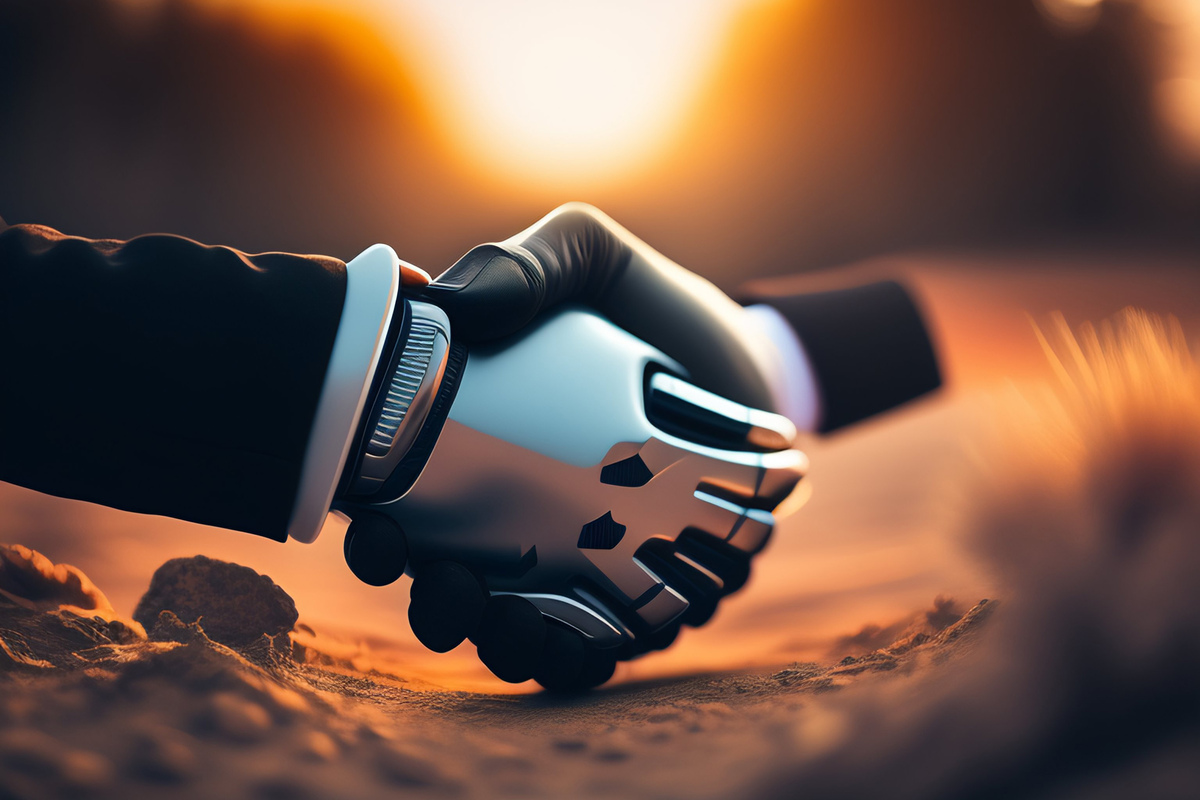
In terms of workforce placement, the general aim of Industry 4.0 is to keep labor distant from factories. But in Industry 5.0, labor is required within the factories to incorporate the human element into processes. Industry 5.0 is intimately tied to the UN’s Sustainable Development Goals (SDGs) for 2030. As such, activities within the industry are geared towards sustainability and the optimized use of Earth’s natural resources.
Gradually, it’s becoming apparent that businesses are realizing the impact of solely focusing on productivity and profit. With the steady rise of Industry 5.0 and Construction 5.0, the attention is shifting to contemplate the expense of corporate growth, and how to act to transform our current circumstances.
Naturally, increasingly mindful consumers are also aiding this transformation. As people begin to scrutinize the ethical standards of companies and production processes concerning the environment, these businesses must adapt to this evolving demand. To achieve this, a shift in stance is necessary, clearly emphasizing that people and the environment are significant and deserve protection.
The Role of AI and Machine Learning in Construction 5.0
AI and Machine Learning are subfields of Artificial Intelligence that use statistical techniques to give computer systems the ability to “learn” from data, without being explicitly programmed. They have many applications in the construction industry including design, bidding, financing, procurement, construction, operations, and asset management.
Artificial Intelligence (AI) and Machine Learning (ML) are pivotal in shaping Construction 5.0, playing essential roles in various areas of construction, from initial planning to final execution and maintenance.
AI can automate routine tasks, significantly reducing human error and increasing efficiency. For instance, AI algorithms can process architectural blueprints and detect potential design flaws or structural issues, enabling preemptive correction and saving both time and resources.
Machine Learning, a subset of AI, excels in analyzing vast data sets to uncover insights and facilitate decision-making. It can learn from previous construction projects to predict potential delays, cost overruns, or safety hazards, helping managers make informed decisions.
In essence, AI and ML are transforming the construction industry into a more efficient, cost-effective, and sustainable sector, aligning with the ethos of Construction 5.0.
IoT and Robotics: The Building Blocks of Construction 5.0
The Internet of Things (IoT) refers to a network of physical objects embedded with sensors, software, and various other technologies. These objects can connect and exchange data with other devices and systems over the internet. IoT has paved the way for smart manufacturing, where machinery can communicate with each other and human operators, oversee production, analyze data, and enhance the efficiency and productivity of a factory.
Robotics is a branch of engineering and science that deals with the creation, assembly, operation, and use of robots. It has made automation possible, where robots perform repetitive, dangerous, or highly precise tasks like welding, assembling, painting, etc. Robotics also encourages collaboration between humans and robots. For instance, collaborative robots (cobots), exoskeletons, drones, and others help augment human labor.
Both IoT and Robotics serve as the bedrock for Construction 5.0. This concept recognizes the potential of industries to achieve more than just job creation and economic growth, transforming them into a sustainable source of prosperity. It ensures that production remains within our planet’s environmental boundaries and places the welfare of workers at the heart of manufacturing processes.
Construction 5.0 accelerates both the green and digital transitions, setting the stage for a more resilient and sustainable society and economy. This concept prioritizes human-centric design, enhances human-machine collaboration, promotes a greener economy, and fuels societal transformation.
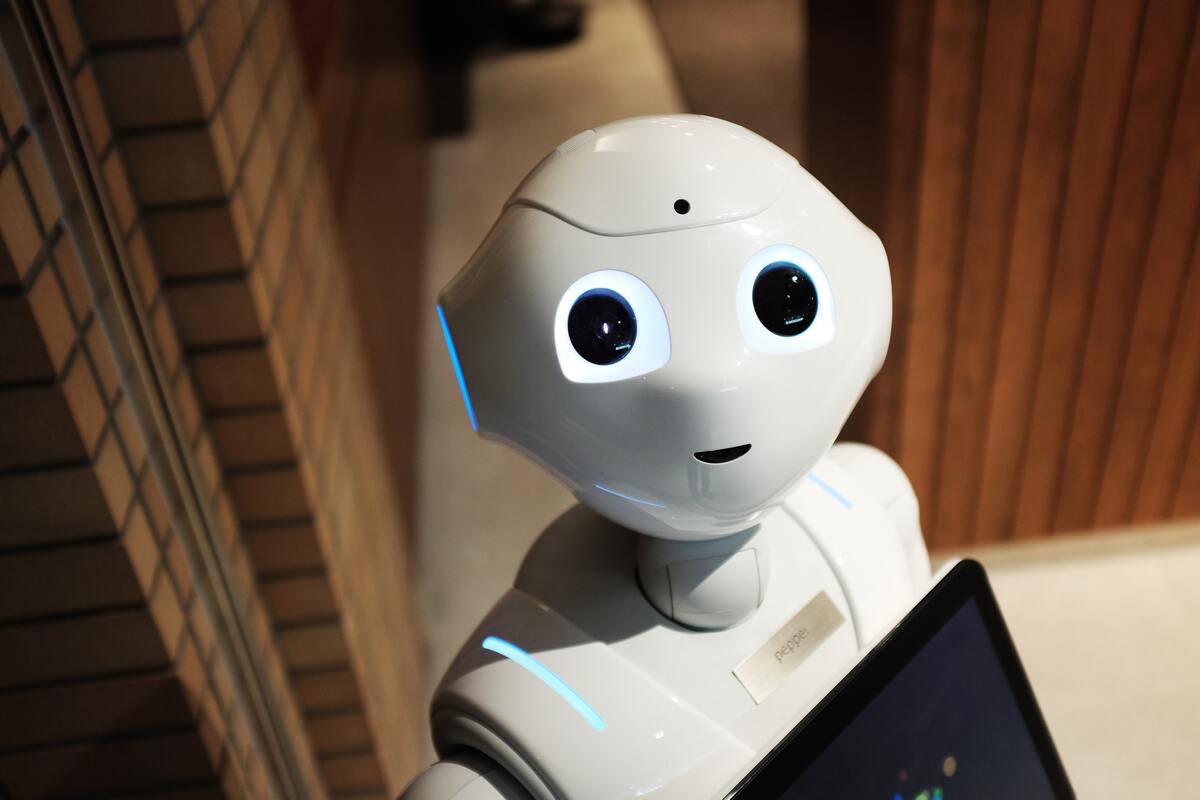
Suggested article for reading: Construction Robots in 2024: A Comprehensive Guide
The Human Element in Construction 5.0
Construction 5.0 takes a people-centered perspective, leveraging machines to enhance human productivity and foster a safer, more inclusive workspace. There’s also an emphasis on using technology for the up-skilling and re-skilling of employees. Thus, the technology and engagement used must be tailored to the demands of the workers and the industry. If executed properly and proficiently, an organization will reap the following advantages:
1. Increased profitability and efficiency: the Construction 5.0 approach in the building sector optimizes resource allocation, reduces expenditures, and enhances time effectiveness, leading to increased earnings and improved organizational productivity.
2. Environmental sustainability and compliance: this progressive methodology highlights waste minimization and environmental preservation, bringing businesses in line with evolving sustainability rules and endorsing responsible practices.
3. Customization and competitive advantage: technological progress inherent in this advanced model enables companies to offer bespoke products or services, providing them a competitive advantage and diversifying their portfolio.
4. Adaptability to market dynamics: the Construction 5.0 paradigm in this industry underscores the importance of adaptability, flexibility, and responsiveness to shifting market conditions, economic elements, and unexpected occurrences like global pandemics. This capacity to swiftly adjust ensures business resilience and continued success.
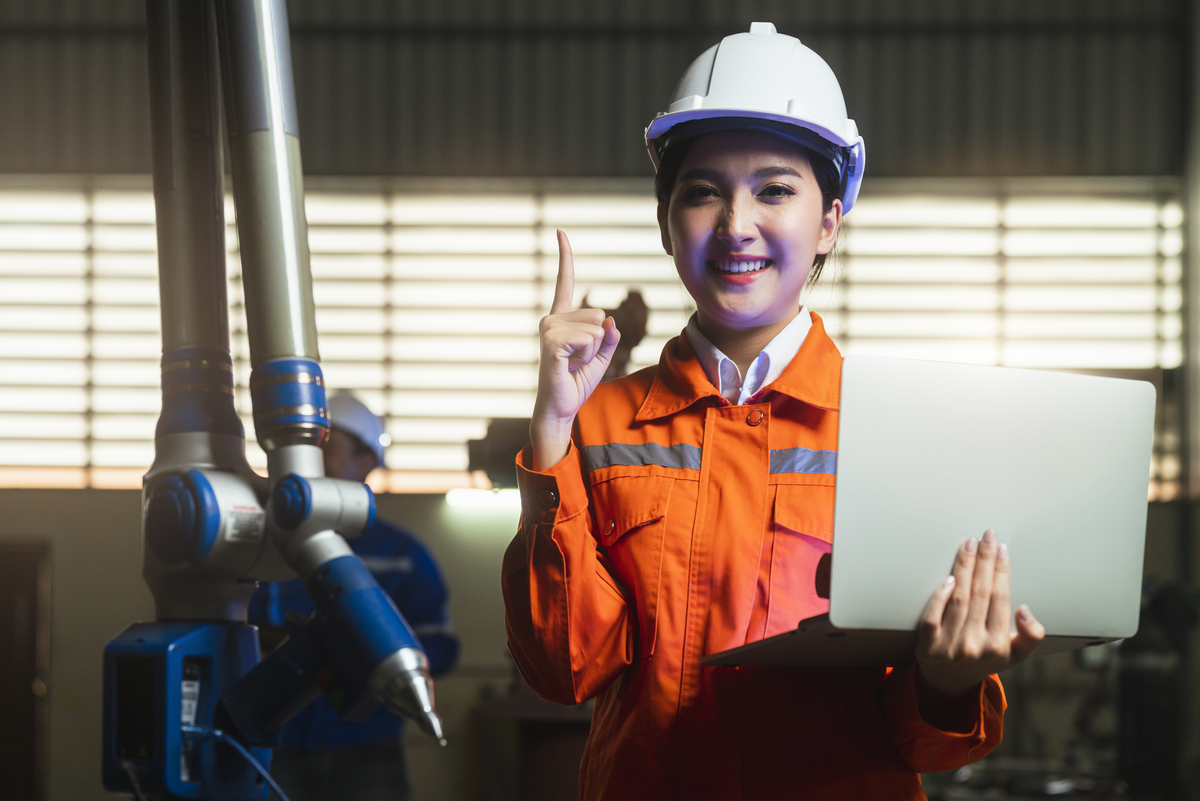
Without question, Construction 5.0 presents considerable advantages and prospects for companies, institutions, and individuals, yet there exist numerous hurdles to surmount. A significant challenge is the requirement for a human element and training staff on this novel technology and its effective application. A thorough comprehension of the technology is crucial for its full potential to be harnessed for business benefit. Numerous enterprises are gradually transitioning towards adopting technological modifications, but this demands substantial investment which, under the present economic conditions, is frequently unattainable. This is causing the shift towards Construction 5.0 to be more gradual.
Challenges and Opportunities of Construction 5.0
Construction 5.0 recognizes the potential of industries to achieve societal goals that go beyond job creation and economic growth, transforming them into a reliable source of prosperity. It prioritizes sustainable production that aligns with our planet’s constraints while placing worker well-being at the heart of the manufacturing process.
However, the transition to Construction 5.0 isn’t without its challenges. Two major hurdles commonly arise. The first is a barrier that also impedes the implementation of Industry 4.0 – the investment in technology. Despite 5.0’s human-centric focus, investment in advanced technology remains a critical component.
The second considerable challenge is employee training, particularly for those who find it harder to grasp and adapt to the rapid changes of our modern world. For successful adaptation, companies need to invest in comprehensive training and offer ample practice opportunities for their employees.
The Future of Construction: A Vision of Industry 5.0
Whether creating a megaproject or single-family home, the Construction Industry has become increasingly focused on sustainability. Society as a whole has grown more aware of climate change, the depletion of natural resources, and the human impact on natural habitats. Historically, sustainable construction has focused on the operations phase of assets. But the sustainability of construction processes is becoming increasingly important as well. Industry stakeholders are already starting to reduce the environmental impact of construction, and it will continue to be a key focal point in the future.
Construction 5.0 presents an exciting vision for the future of construction. It is a future marked by high efficiency, safety, sustainability, and a human-centric approach, where technology complements human skills rather than replacing them.
In the future, construction sites will be ‘smart’, powered by the Internet of Things (IoT). Sensors embedded in equipment, materials, and the built environment will continuously gather data, providing real-time insights into project progress, resource utilization, and safety conditions. Digital twins will become commonplace, enabling simulation, optimization, and predictive maintenance.
Artificial Intelligence (AI) and Machine Learning (ML) will be integral in decision-making processes. From identifying the best site for construction, detecting potential design flaws, and predicting project delays or cost overruns, to powering predictive maintenance, these technologies will significantly enhance efficiency and reduce risks.
Robotics will play a crucial role in performing complex, repetitive, or hazardous tasks, improving productivity and safety. The synergy between humans and robots will become more prominent, with robots augmenting human capabilities and learning from human expertise.
Despite the high-tech vision, the human element will remain central in Construction 5.0. It will involve up-skilling and re-skilling the workforce to work with new technologies, improving working conditions, and fostering a culture of creativity and innovation.
Suggested article for reading:
Lean Construction Principles and Practical Examples
7 Important Construction Technology 2024
Resources:
Trimble Construction | adapt IT | industriall | THE CONSTRUCTOR
For all the pictures: freepik

